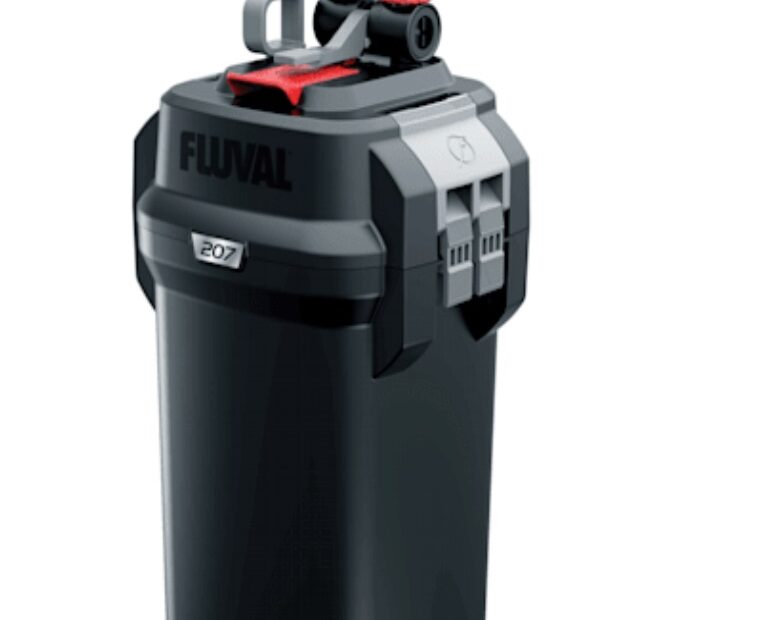Buy a filter
An aquarium filter is a crucial component for maintaining a healthy aquatic environment. It helps remove physical and soluble waste products from the water, thereby providing cleaner, healthier conditions for the tank inhabitants. Filters come in various types, each offering specific functionalities and benefits. Let’s delve into the different types of aquarium filters and their primary functions.
Types of Aquarium Filtration: Aquarium filtration can be broadly categorized into three main types:
- Mechanical Filtration: This removes solid particles such as detritus, uneaten food, and plant debris from the water. Filter floss, sponges, and mesh pads are common mechanical filter media.
- Biological Filtration: This deals with the breakdown of ammonia (from fish waste and uneaten food) into nitrite, and then nitrite into nitrate by beneficial bacteria. Ceramic rings, bio balls, and sponges are typical biological filter media.
- Chemical Filtration: This removes dissolved substances from the water. Activated carbon, resin, and zeolite are common chemical filter media.
Common Types of Aquarium Filters:
- Hang-On-Back (HOB) Filters:
- These hang on the back of the aquarium.
- Suitable for small to medium-sized tanks.
- Combines mechanical, biological, and often chemical filtration.
- Canister Filters:
- These are larger, more powerful filters suitable for medium to large tanks.
- Positioned below the tank, often in the cabinet.
- They offer a high volume of filter media and can accommodate a variety of mechanical, biological, and chemical media.
- Sponge Filters:
- Primarily provides mechanical and biological filtration.
- Powered by an air pump, creating water flow through a sponge.
- Ideal for breeding tanks or quarantine tanks due to their gentle flow.
- Undergravel Filters:
- A plate is placed beneath the substrate with uplift tubes connected to it.
- Water is pulled through the substrate (acting as a biological filter) and up the uplift tubes by an air pump or powerhead.
- Not as popular today due to limitations and maintenance challenges.
- Internal Filters:
- Positioned inside the aquarium.
- Suitable for smaller tanks.
- Often combines mechanical and biological filtration.
- Wet/Dry Filters:
- Highly efficient biological filters.
- Water drips over media exposed to air, enhancing oxygen exchange and beneficial bacterial growth.
- Commonly used in marine tanks and large freshwater setups.
- Mechanical Media: Should be cleaned or replaced regularly, as it can become clogged over time.
- Biological Media: Needs gentle cleaning in dechlorinated water or tank water to avoid killing beneficial bacteria. Avoid replacing all biological media at once.
- Chemical Media: Replace as it gets exhausted, typically every few weeks, depending on the type and tank conditions.
Conclusion: The right filter for an aquarium depends on various factors, including tank size, the bioload (number and type of fish and plants), and the keeper’s maintenance preference. Regardless of the type of filter chosen, regular maintenance is vital for the filter’s efficiency and the overall health of the aquarium.

